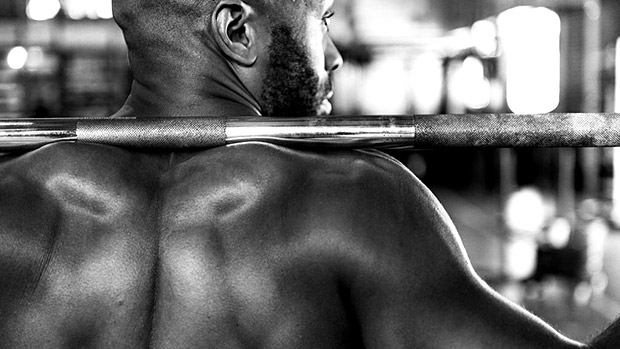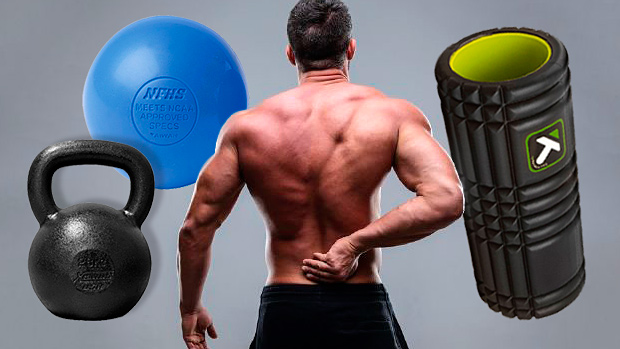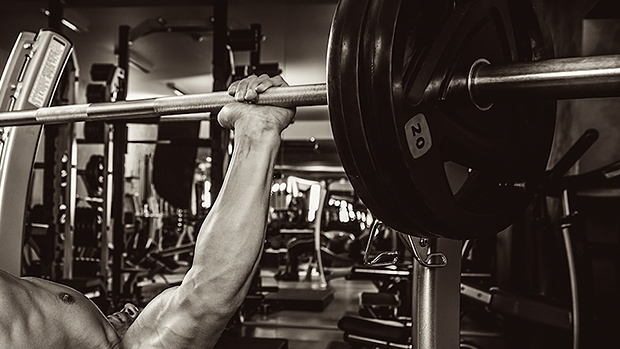One of the first decisions I have to make as a strength coach is to figure out how we'll train work capacity for the athlete. Universally, the loaded carry family works for almost everyone: sleds, Prowlers, farmer walks and other carries. From there, we have to make a choice: Hinge work or squat work for the athlete.
I've been lucky to work with Dr. Stuart McGill and I've listened to his insights about both hip and spine structure. Since I don't have the equipment, knowledge, and experience of Stu, I've had to simplify my little decision matrix on whether the athlete should be hinge-focused or squat-focused.
I have the athlete get in the six-point position: hands, knees, and feet on the floor (toes tucked in). I learned this from Tim Anderson and his system called "Original Strength."
Begin by simply rocking in and out of the deep squat position. It feels good, and for some people like the elderly or injured, this might be the perfect squat.
Widen the knees (you may need padding), until the rocking feels "just right." Now comes the key: keeping your hands and knees in the same position, widen your feet out as far as you can. Try a few rocks here.

If you HATE it, like many of the athletes I work with, you'll use the hinge family (deadlifts, swings, and Olympic lifts) to build work capacity. In other words, more volume and intensity with those lifts but still maintain the movement of squatting.
If this position feels comfortable, the athlete can use high-rep squatting and high-load squatting to develop work capacity.
Is this perfect? No. But, it gives us a bit of an insight into the structure of the hip and the ability of this athlete to use squatting. Everyone I work with squats, but this little test gives us an insight about the hip structure that will support the athlete's progress and, perhaps, guard against injuries in the future.





